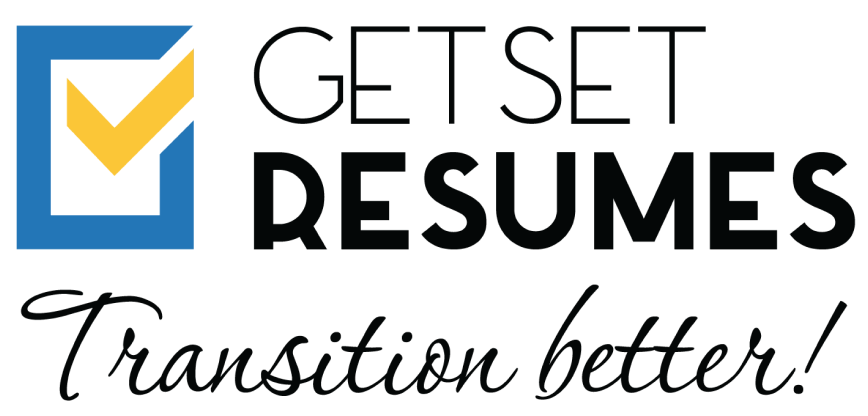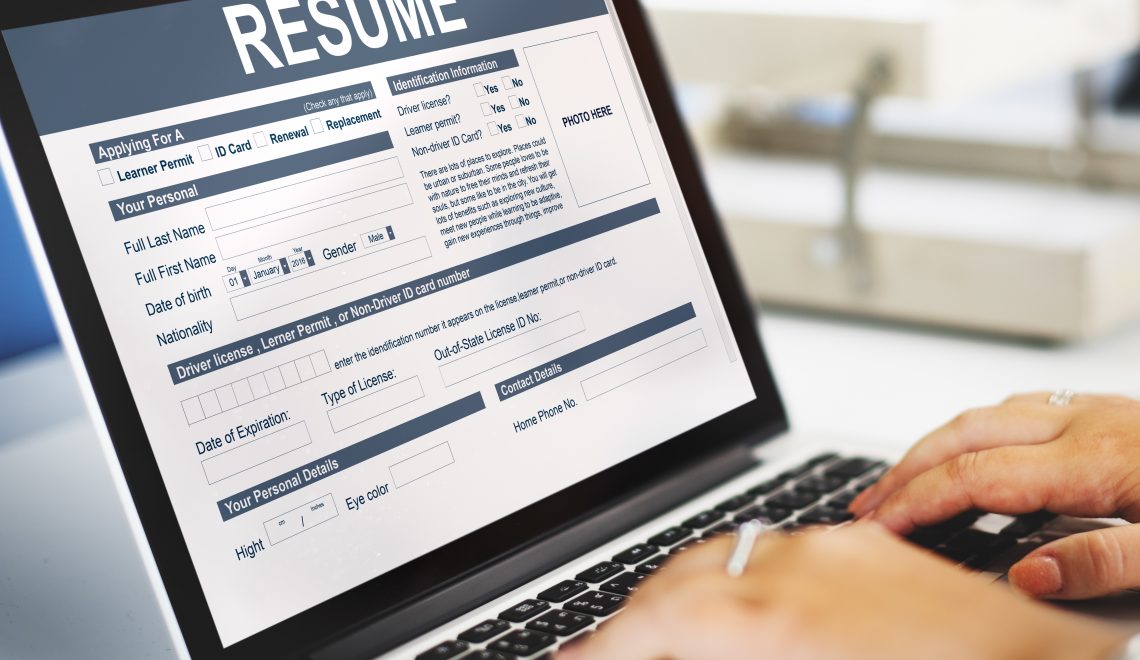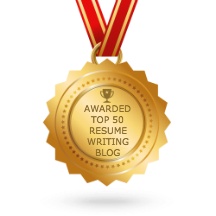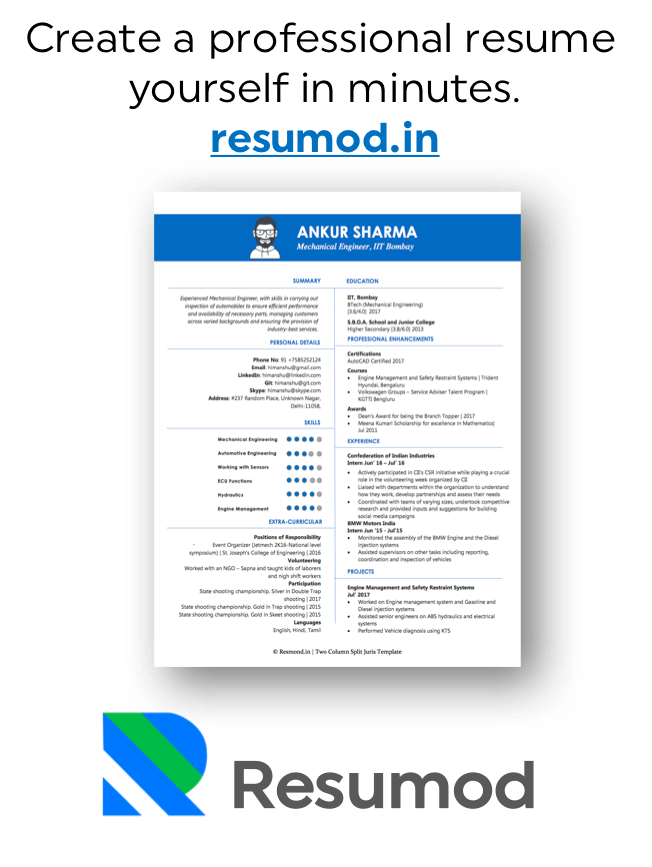Picture walking into a boardroom filled with C-suite executives. Every eye turns toward you. In that moment, your self-introduction isn’t just a formality. It’s your first impression, and it could make or break that moment. It tells the room whether you’re someone worth listening to or someone easily forgotten.
Interviewing for senior or managerial positions differs significantly from mid-weight or junior roles. Expectations are higher, and the process is often longer and more intensive. That’s why your self-introduction should effectively showcase your extensive and relevant professional experience. And to do so, proper preparation is essential.
That’s why mastering your self-introduction isn’t optional at this level. It’s the key to commanding respect, building instant credibility, and setting the tone for every opportunity that comes next. After all, it signals confidence, clarity, and leadership presence.
But what is self-introduction?
A self-introduction in an interview is a summary you give about yourself when the interviewer asks, “Tell me about yourself.” It’s your chance to make a great first impression.
In simple terms, it holds the importance of clearly communicating these things:
1. “Who you are” – Your name and current role or educational background.
2. “Your experience” – Key skills and relevant work experience or achievements that match the job you’re applying for.
3. “Why you’re here” – Your interest in this particular role and company.
4. “What are you bringing to the table” – How your skills can benefit the employer.
This detailed guide will help you understand what to include in your self-introduction when meeting senior management. It will effectively showcase your unique value and provide a preview of what it will truly be like to collaborate and work alongside you in a professional setting.
Understand the Purpose of Self-Introduction in Leadership Interviews
Your self-introduction does more than just state your name and background; it also conveys your personality and values. Senior leadership interviews need a strategic approach to make this vital first impression count.
A strong introduction works like your professional headline. It positions you as a valuable asset to the organisation, rather than just breaking the ice. Senior leaders quickly form impressions and use your introduction to review your qualifications and cultural fit.
Not just that, it shows your communication skills and executive presence when you give a thoughtful self-introduction. You show how well you can express complex ideas in a clear way—a skill that leaders must have.
The brief moment gives you a chance to arrange your career path with the company’s mission. You show strategic thinking and long-term vision by connecting your professional trip to what the organisation wants to achieve.
Your introduction guides the interviewer like a roadmap and highlights areas they might want to discuss more. A well-laid-out introduction naturally steers the conversation toward your strengths.
Note that senior leaders look beyond your technical skills. They review how you might represent the company, inspire teams, and work together with other executives. Your introduction gives them their first look at these qualities, which makes careful preparation vital.
![Master Your Self Introduction: Tips for Senior Leadership Interviews [2025 Guide]](https://www.getsetresumes.com/blog/wp-content/uploads/2025/10/pexels-sora-shimazaki-5668858-1024x683.jpg)
6-Step Framework To Introduce Yourself for Senior Leadership Roles
A powerful self-introduction for senior leadership roles needs smart planning and the right structure.
Step 1:
Start with a confident introduction of your name and a brief professional headline that captures your expertise in 5-10 seconds.
Step 2:
Your career journey comes next. Focus on your leadership wins instead of just listing job duties. Pick 2-3 of your most important achievements that show your strategic thinking and how you affected business outcomes.
Step 3:
Show why this particular role caught your attention by connecting your experience to the position. This proves you’ve done your homework about the organization and understand what challenges it faces.
Step 4:
Add a quick note about how you lead teams – your philosophy and methods. This helps you stand out from other candidates who only talk about their technical skills.
Step 5:
End with a statement that leads into the upcoming discussion. You could express your interest in learning more about specific parts of the role.
Step 6:
Keep a good mix of confidence and humility throughout. Practice until you can deliver it naturally and keep it short – under 90 seconds works best.
Think of it as the opening chapter of a compelling leadership story that encourages the interviewer to learn more. The point is to make your introduction do more than list your experience. The goal is to position you as a strategic leader who shapes direction, drives outcomes, and thinks beyond execution.
Example phrases to use in an interview introduction
Powerful phrases can lift your senior leadership interview introduction from good to memorable.
Start with a strong opening statement
- “I’m [Name], with [X] years of experience specializing in [industry/field].”
- “Thank you for this chance to discuss how my background in [specific area] arranges with your strategic objectives.”
- “Having led [specific achievement], I’ve developed expertise in [relevant skill] that directly relates to this position.”
Present Your Experience the Right Way
- “My expertise lies in [mention a relevant skill], where I’ve consistently [mention quantifiable achievement].”
- “Over the years, I’ve built deep expertise in [skill], where I’ve not only sharpened my craft but also delivered [achievement] that created lasting impact.”
- “My journey in [skill] has been about more than [preconceived notion about the industry] — it’s about consistently driving [achievement] and shaping meaningful results for teams and clients.”
Draw common ground
- “What drew me to this role was [mention company’s vision or specific chance].”
- “I share the company’s values of [specific value] and am eager to contribute to your team.”
Strong closings create lasting impressions
- “I’m especially interested in discussing how my experience in [area] could help address [company challenge].”
- “I’m excited to explore how my background in [expertise area] can contribute to [specific business goal].”
These phrases showcase confidence and strategic thinking – qualities every senior leader needs.
![Master Your Self Introduction: Tips for Senior Leadership Interviews [2025 Guide]](https://www.getsetresumes.com/blog/wp-content/uploads/2025/10/cytonn-photography-n95VMLxqM2I-unsplash-1024x684.jpg)
Common Mistakes to Avoid in Senior-Level Introductions
Senior professionals often stumble during their introductions in leadership interviews. They prepare well for technical questions but overlook simple mistakes that can ruin their first impression.
Mistake 1:
Delivering a lengthy monologue instead of a clear, meaningful introduction. Senior leaders value their time, and long-winded explanations can dilute your message and lose their interest.
Mistake 2:
Using generic, overused phrases like “I’m an experienced person” without backing them up. These empty words don’t distinguish you from other candidates and fail to highlight your true worth.
Mistake 3:
Ignoring body language can undermine a well-prepared introduction. Weak eye contact, quiet speaking, or fidgeting conveys a lack of confidence, regardless of the words you choose.
Mistake 4:
Focusing exclusively on yourself and not demonstrating an understanding of the company’s challenges. This self-centred approach misses the opportunity to showcase your potential value.
Mistake 5:
Speaking negatively about previous employers or colleagues, regardless of your past experiences, raises concerns about your attitude and professionalism.
Mistake 6:
Last but often most overlooked, sounding rehearsed. While preparation is essential, a natural delivery fosters genuine connections.
Final thoughts
Becoming skilled at your self-introduction is a vital step to succeeding in senior leadership interviews. A good introduction needs to balance brevity with results. Keep it concise (1-2 minutes), professional, and focused on your professional life rather than personal details. Senior executives value candidates who communicate clearly and precisely.
This shows you respect their time and highlights your communication skills that help you get noticed by other candidates. Practice beforehand so you sound confident and natural, not memorised. That’s how you stand out, build credibility, and create future opportunities.






